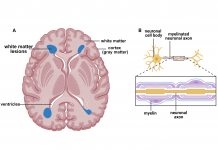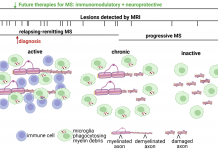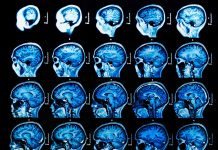Open Access Government produces compelling and informative news, publications, eBooks, and academic research articles for the public and private sector looking at health, diseases & conditions, workplace, research & innovation, digital transformation, government policy, environment, agriculture, energy, transport and more.
Home 2023
Archives
What is the link between white matter lesions and neurodegeneration?
Tara M. DeSilva from the Department of Neurosciences, Cleveland Clinic, examines the link between white matter lesions and neurodegeneration.
Targeting the central nervous system: The future of therapeutic strategies for MS
Tara M. DeSilva from the Department of Neurosciences, Cleveland Clinic, looks at the future of therapeutic strategies for MS, focusing on targeting the central nervous system.
Remyelinating versus neuroprotective therapies for multiple sclerosis
Reducing clinical relapses and improving quality of life is at the heart of MS treatment; here Tara M. DeSilva explores the benefits of remyelinating versus neuroprotective therapies for tackling MS.
Neurodegeneration in multiple sclerosis: retinal imaging as a biomarker
Therapeutic strategies for multiple sclerosis reduce the number of relapses and improve quality of life early in the disease course, nevertheless, neurodegeneration ultimately gives rise to permanent disability.
Regenerative therapies for multiple sclerosis: Clues from studying normal brain development
Tara M. DeSilva from the Department of Neurosciences, Cleveland Clinic, walks us through regenerative therapies for multiple sclerosis, including comment on clues from studying normal brain development.






